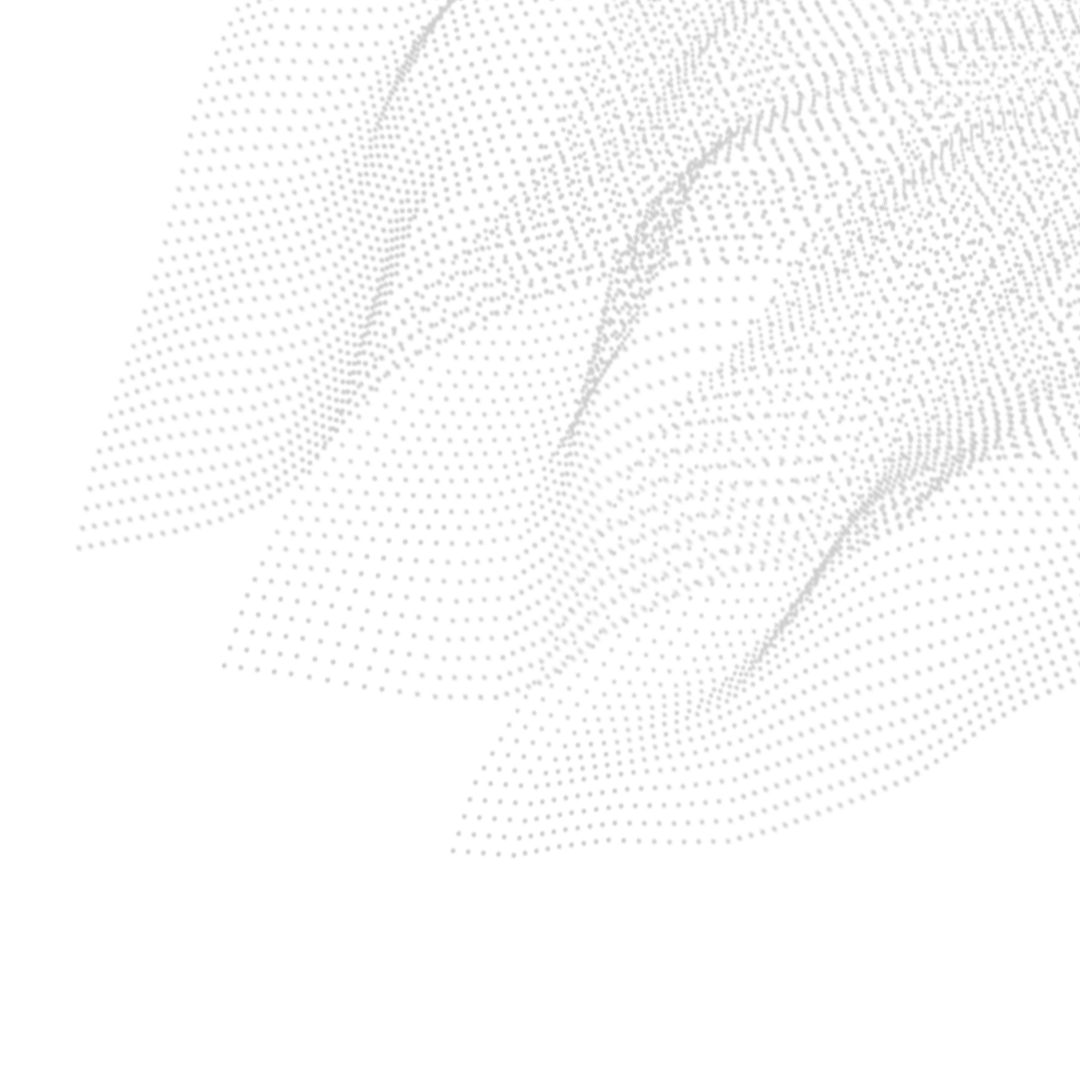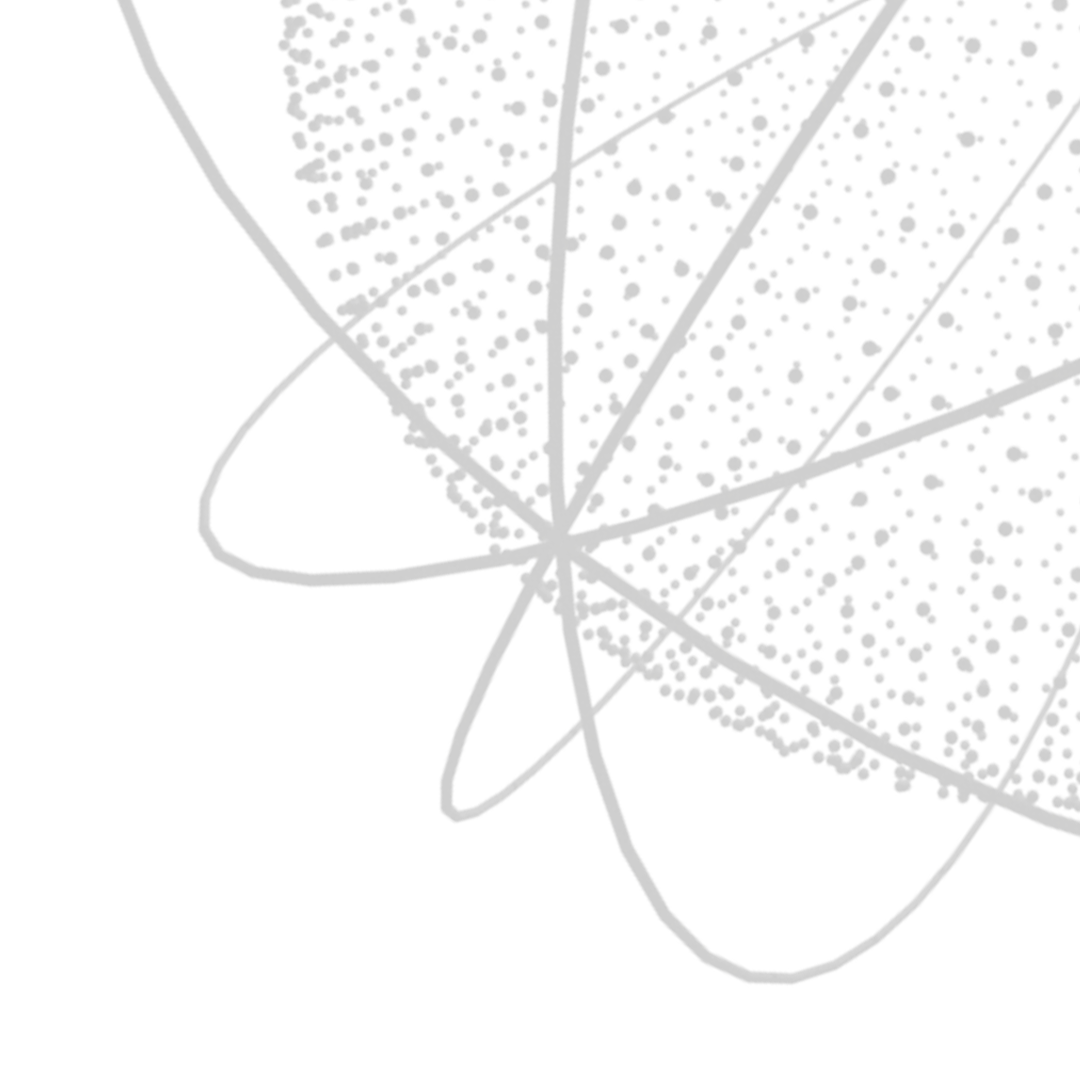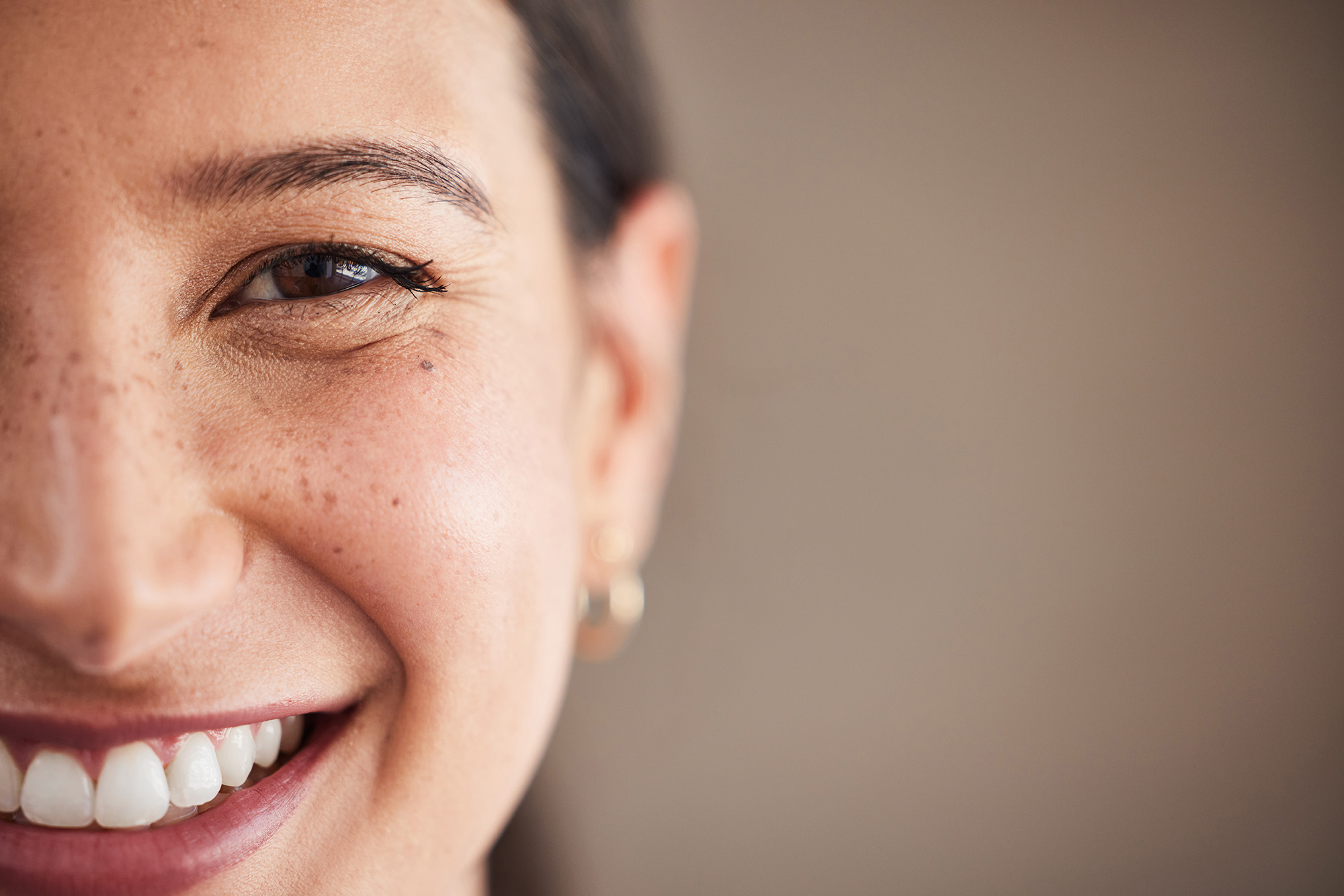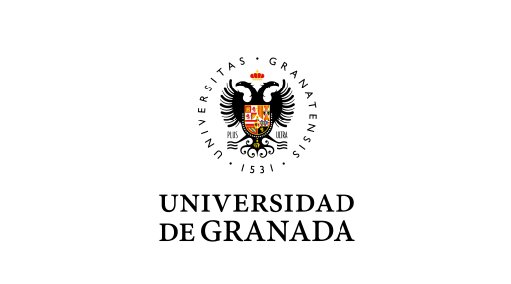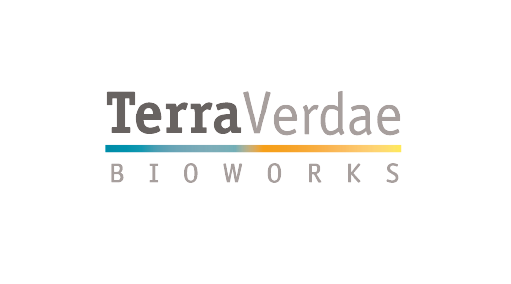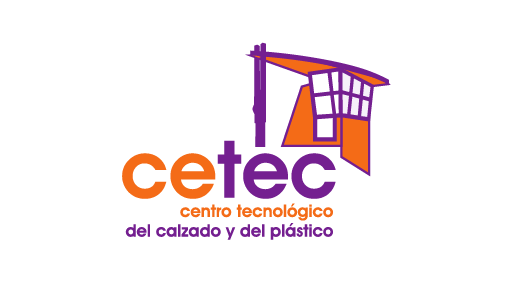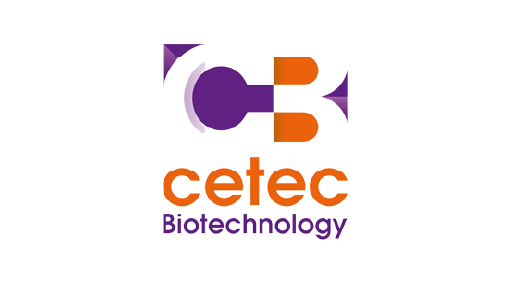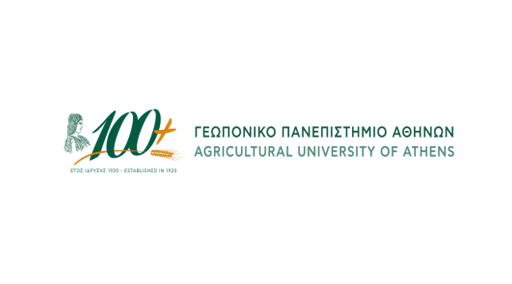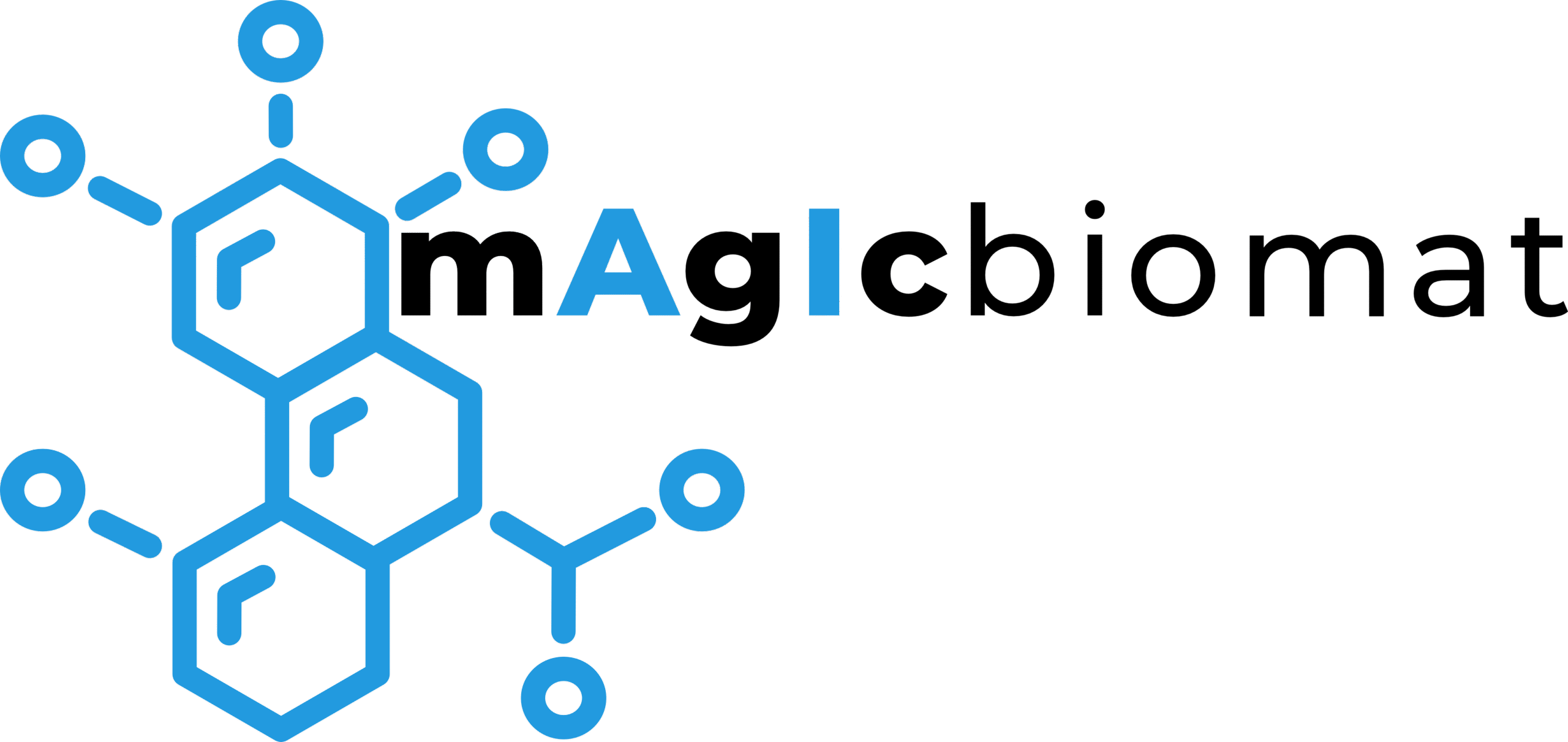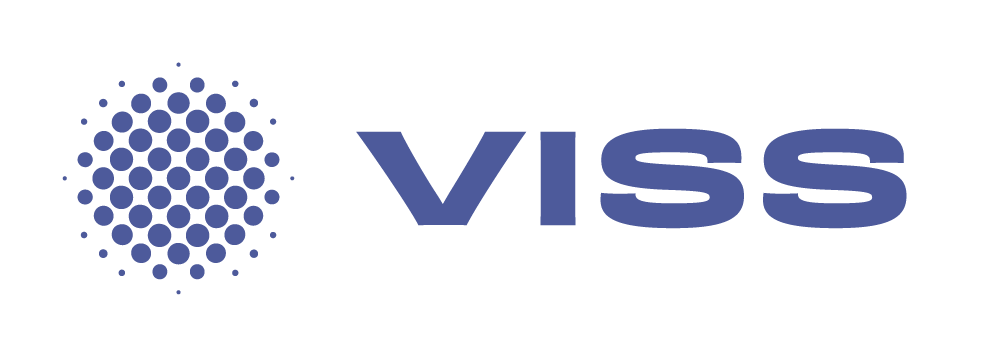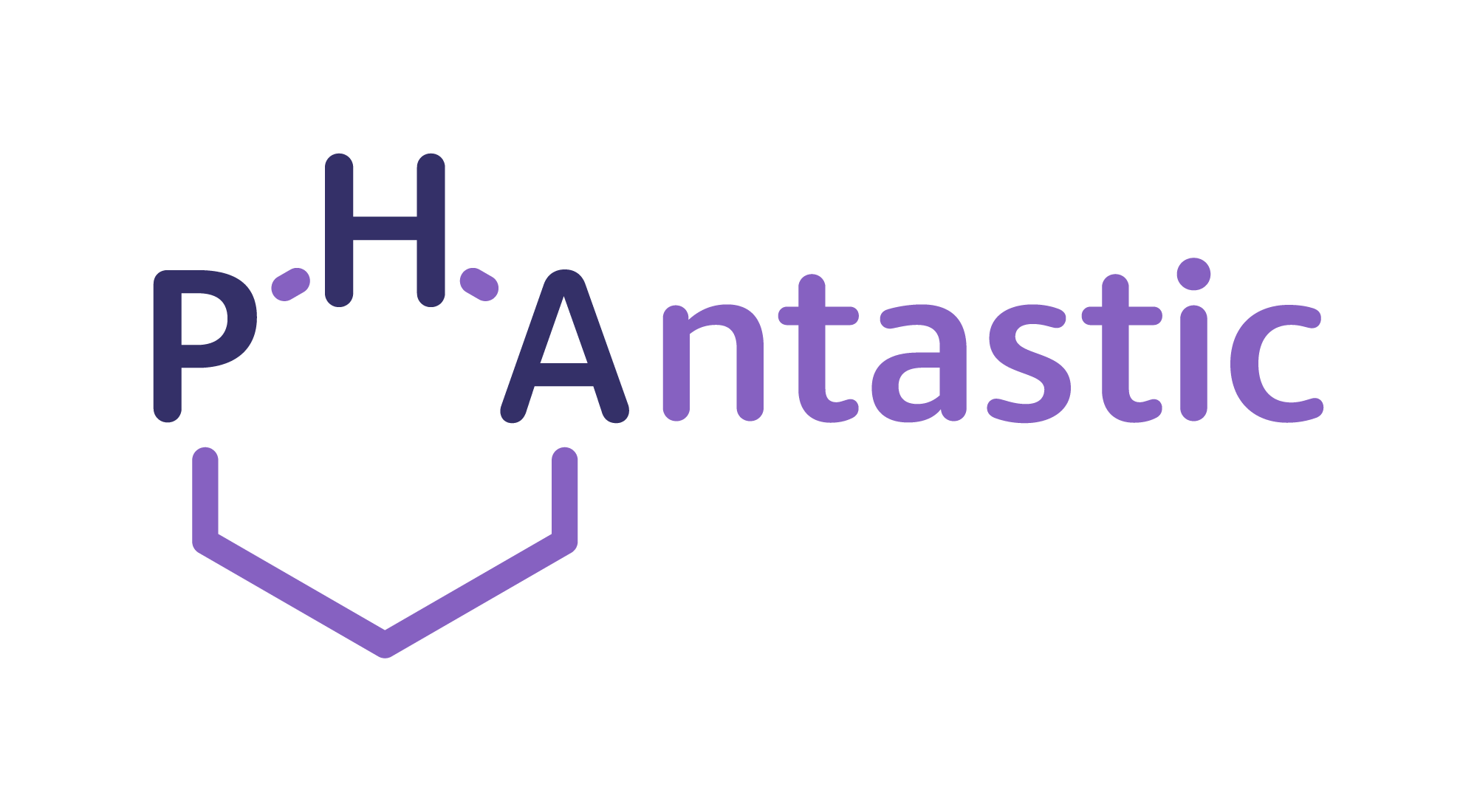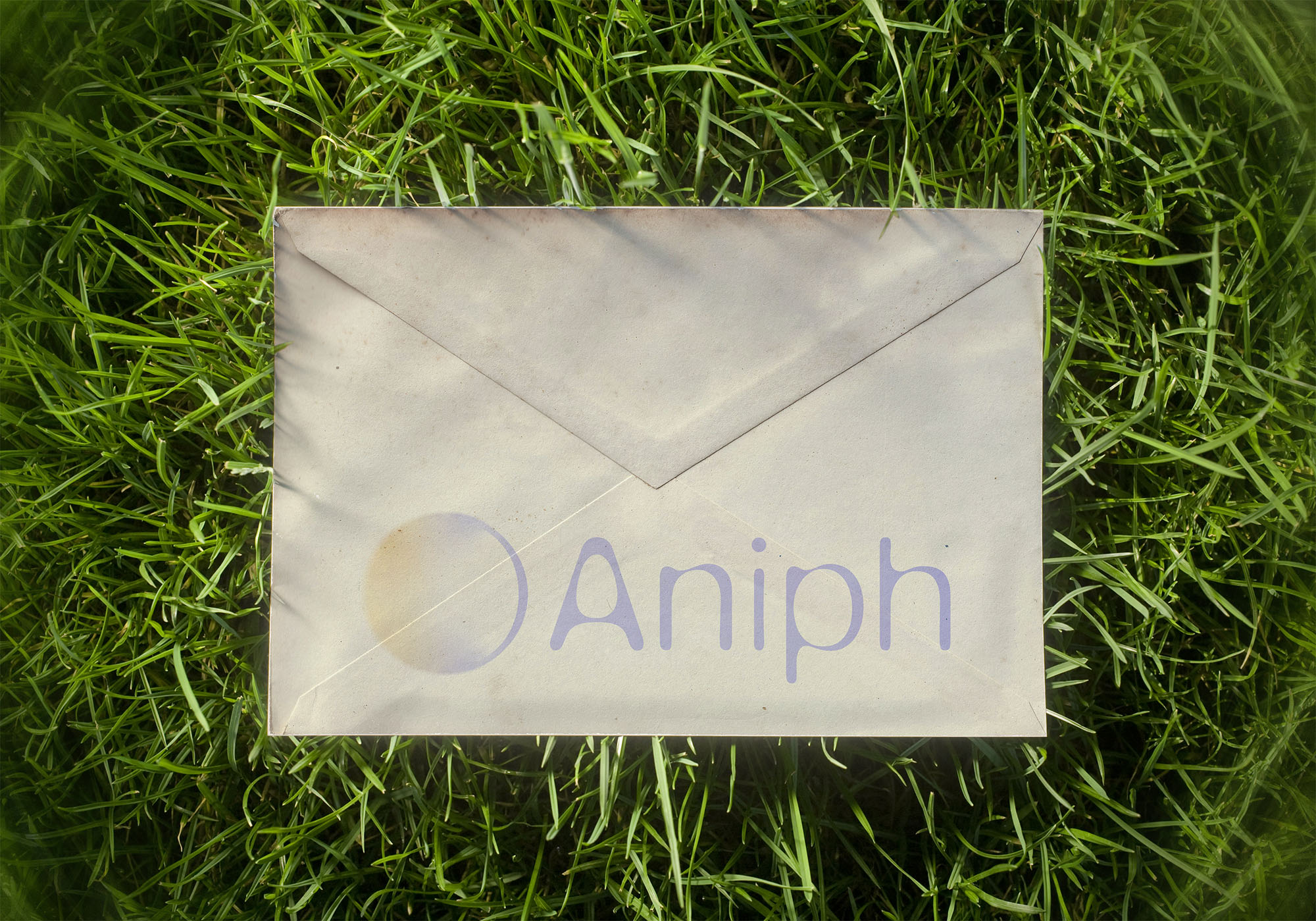A biodegradation programmed across all stages
1) Nature:
Nature is where everything originates and eventually returns. It is precisely from nature that renewable residues are extracted, and it is back to nature where ANIPH’s wound dressings and packaging biodegrade, closing the loop of their lifecycle.
a) Renewable residues & biotechnological routes:
The renewable residues used in ANIPH’s biotechnological process include sugar-rich liquor residues and hydrolysed yeast from brewing residues, which provide essential carbon and nitrogen sources, respectively.
These residues, combined with other raw materials, such as volatile fatty acids, will be studied as co-feedstock to obtain biopolymer with a very high 3HV content (15-30% 3HV).
By optimising the combination of feedstocks and precisely controlling the fermentation processes, ANIPH is able to modulate both the chemical composition and the crystallinity of the biopolymers.
2) Bio-Based polymers (PHBV & PHN):
The upstream production of PHBV and PHN in the ANIPH processes relies on the biotechnological conversion of renewable residues and selected raw materials through optimised fermentation.
This phase yields biopolymers with controlled crystallinity. The process also targets high extraction efficiency, providing a sustainable and adaptable base for the subsequent formulation and compounding steps.
b) PHBV/PHN formulation and compounding:
A formulation and compounding strategy will be developed to achieve stable and processable PHA compounds for the different target applications while programming biodegradation.
This is in order to balance processability, mechanical and thermal properties with a safe, enhanced biodegradation, all aimed at developing the target compounds.
3) Bio-based compounds (PHBV & PHN):
As a result of the previous process, PHBV and PHN compounds will be developed to serve as the basis for cast/blown extrusion and 3D printing processes aimed at producing the wound dressings and their respective packages.
Additives include stabilisers, processing and biodegradability enhancers, and nucleating agents
c) Cast/blown extrusion & 3D printing transformation:
These processes will enable the production of biodegradable water-barrier packages and wound dressings.
In both cast/blown extrusion and 3D printing, key factors such as design, surface-to-volume ratio, and processing parameters will be considered, with additional focus on customisation and tailored manufacturing for 3D printing, which will also imply the addition of some medical bio-additives (probiotics cellulose as alternative to conventional antibiotics).
4) Products:
- Single-use wound dressings, engineered to offer modern wound care solutions while ensuring a minimized environmental impact.
- Their relative water-barrier packages, designed to be recyclable and biodegradable across all relevant environments (soil, freshwater, marine), supporting both product integrity and ecological responsibility.
d) Biodegradation:
Biodegradation is the ending stage ANIPH products lifecycle, that gently fade away in all relevant environments after having served their purpose.


